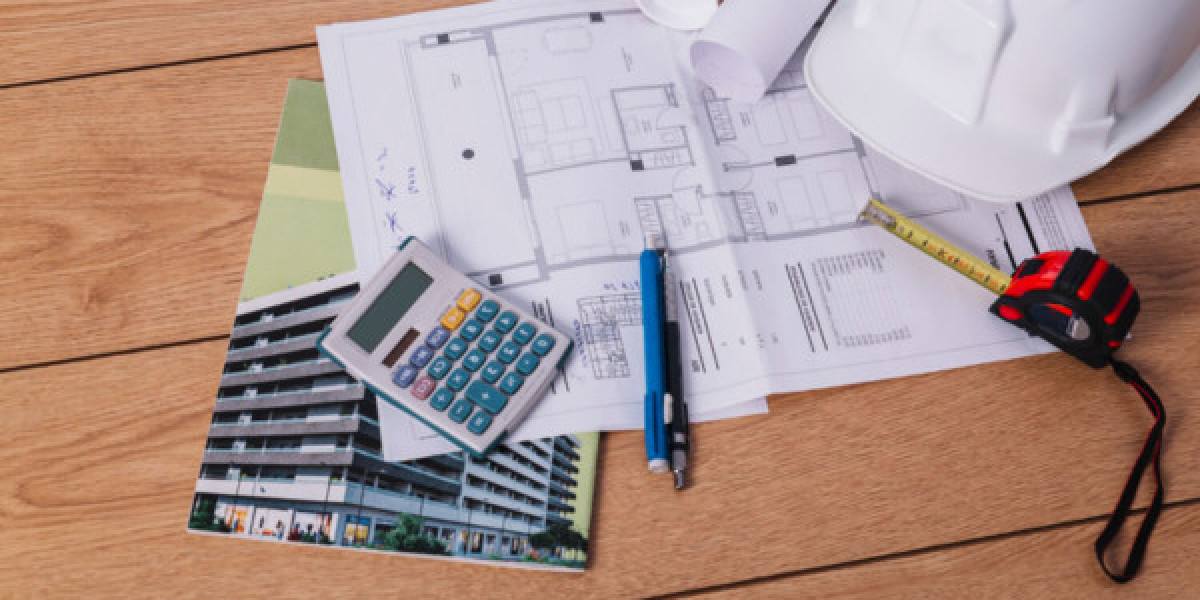If you’re new to the world of estimating, welcome! Estimating is a vital skill in construction, engineering, and many project-based industries. One of the first—and most important—steps you'll encounter is creating a preliminary estimate. This early budget helps everyone understand the project’s potential cost and scope, and sets the foundation for successful planning.
Don’t worry if it feels overwhelming at first. With the right checklist and a step-by-step approach, you’ll gain confidence and accuracy in no time. In this post, we’ll walk you through a simple Preliminary Estimate Checklist to help you get started smoothly. Let’s dive in!
What Is a Preliminary Estimate?
Before we jump into the checklist, here’s a quick refresher: A preliminary estimate is an early budget forecast for a project. It’s usually created during the initial phases when details are still being finalized. Think of it as your project’s first financial snapshot—it won’t be perfect, but it’s a critical tool for decision-making.
Why Use a Preliminary Estimate Checklist?
A checklist keeps you organized and ensures you don’t miss any key elements. Especially when you’re just starting out, it’s easy to forget something important. Following a clear process not only improves accuracy but also builds your reputation as a reliable estimator.
Preliminary Estimate Checklist: Step-by-Step Guide
Here’s a beginner-friendly checklist to guide your preliminary estimate. Feel free to print it out or keep it handy on your device!
1. Understand the Project Scope
· Review all available project documents (drawings, specs, client briefs).
· Clarify the project goals, size, location, and timeline.
· Ask questions to fill gaps or uncertainties.
Tip: If something isn’t clear, don’t guess—ask your project manager or client. Getting this right is key to a solid estimate.
2. Gather Historical Data
· Look for similar past projects for reference.
· Review costs, materials, and labor from those projects.
· Use this data to create a rough baseline.
Tip: Keep a file or spreadsheet of past projects for easy reference. This becomes your go-to library over time.
3. Identify Major Cost Categories
· Break down the project into major parts: materials, labor, equipment, permits, subcontractors, and contingencies.
· For each category, note preliminary quantities or general estimates.
Tip: Grouping costs helps you focus on big-ticket items first and avoid getting lost in minor details initially.
4. Estimate Material Costs
· Use supplier price lists or catalogs.
· Calculate quantities based on drawings or specs.
· Account for waste or overage.
Tip: Don’t forget delivery fees or potential price fluctuations.
5. Estimate Labor Costs
· Identify labor types needed (electricians, plumbers, carpenters, etc.).
· Estimate hours or crews required.
· Multiply by wage rates (including benefits, taxes).
Tip: Labor can be tricky—consult with experienced foremen or supervisors to validate your numbers.
6. Consider Equipment and Tools
· Determine what machinery or tools are required.
· Include rental or purchase costs.
· Add operation and maintenance expenses.
Tip: Some equipment may already be owned; factor in only additional costs.
7. Account for Permits and Fees
· Research any permits, inspections, or regulatory fees.
· Include environmental or safety compliance costs.
Tip: Local government websites or planning offices often list these fees.
8. Add Subcontractor Quotes
· Contact subcontractors early for ballpark quotes.
· Include allowances if exact numbers aren’t available yet.
Tip: Establish good relationships with subcontractors; they’re valuable for accurate estimates.
9. Include Contingencies
· Add a contingency percentage (usually 5-15%) for unknowns or risks.
· This protects your estimate from surprises.
Tip: The contingency should reflect project complexity and confidence level.
10. Review and Double-Check
· Go over each section carefully.
· Confirm quantities, rates, and calculations.
· Have a mentor or colleague review your estimate.
Tip: Fresh eyes catch mistakes you might miss after staring at numbers for hours.
Practical Tips for Beginner Estimators
· Stay Organized: Keep digital files, spreadsheets, and notes tidy. Consistency saves time.
· Ask for Help: Don’t hesitate to consult experienced estimators or project managers.
· Keep Learning: Estimating tools and software can boost your efficiency. Explore options as you grow.
· Communicate Clearly: When submitting your estimate, explain assumptions and any uncertainties.
· Track Your Accuracy: After the project completes, compare your estimate to actual costs and learn from the differences.
Conclusion:
Creating a preliminary estimate might seem intimidating, but remember: every expert estimator started right where you are. Using a clear checklist helps you stay on track, build your confidence, and deliver reliable estimates that guide projects toward success.
So, the next time you face a new project, pull out your Preliminary Estimate Checklist and step through it calmly and carefully. Over time, your accuracy and speed will improve, and you’ll become an invaluable asset to your team.








